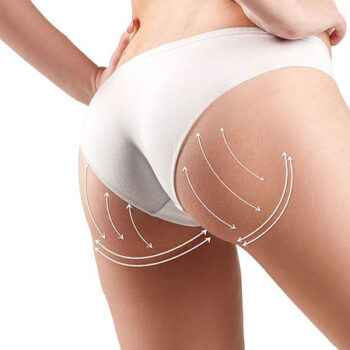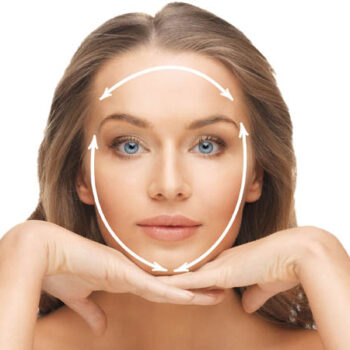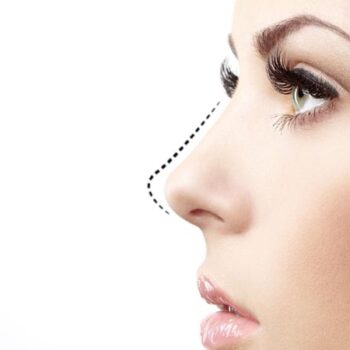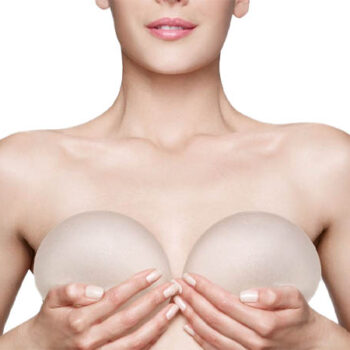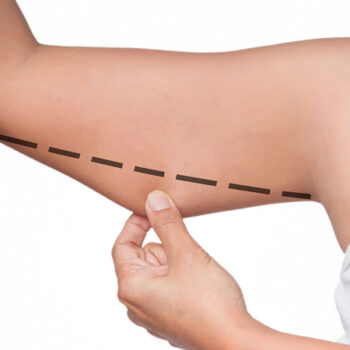Regular sports and a balanced diet are of course indispensable for a healthy life and a fit body, but stubborn fat deposits that we cannot get rid of despite all our efforts can bother us. It tends to accumulate in areas such as the abdomen, jowl, inner thighs, hips, waist and arms. But at the point where medical technologies have come, it is easier than you think to get rid of these stubborn fats with liposuction!
What is Liposuction?
Liposuction is the suction (absorption) of an abnormal fat deposit (lipo) from the subcutaneous tissue. Fat deposits are caused by an increased number of fat cells in certain places. These can increase so much that even with intense exercise and diet, results cannot be achieved. It is also possible to apply liposuction on the face and neck. Fat cells are removed by using thin cannulas from small incisions made in inconspicuous places, also called liposculpture. If there is cellulite before liposuction, it is seen that the cellulite decreases after the procedure.


Liposuction removes excess fat tissue. This can be done in places such as:
- Upper and lower arms
- Upper and lower legs
- Back
- Chin, neck and nape
- Abdomen and lower abdomen
- Sides
- Thighs and hips
- Love handles
It provides the removal of fat deposits that bother you a lot. This cannot be done by anyone. It is not a quick and easy way to lose weight. Liposuction treatment is only done to remove fat deposits and to obtain a more beautiful body.
Who can be a suitable candidate for liposuction?
All men and women who are over the age of 18, whose body structure is suitable for liposuction and who do not have a medical problem that prevents anesthesia are suitable candidates for this surgery. If you meet these conditions, you can make an appointment for liposuction.
What is the preparation process for liposuction?
On the day of the liposuction operation, it is important that our patients stop eating and drinking 6-8 hours in advance and come to the hospital fasted. For this reason, the dinner the day before the operation should be arranged in such a way as to ensure this.
Possibilities and expectations
It is not a tool for losing weight. Liposuction provides contour improvement, but it is by no means perfect. Sometimes it is very difficult to achieve a symmetrical result. In addition, we cannot reduce the irregularities on the skin. As a result of the operation, the skin surface may become uneven because liposuction is a difficult method to dose. Exactly how much fat the plastic surgeon will remove from the suctioned area depends on the person’s body mass index and health.
The procedure during the operation
Liposuction is performed under general anesthesia when deemed necessary. In cases where a comprehensive liposuction is required, we make our patients stay in our hospital for 1 night.


Operation and preparation
On the day of the operation, you will be visited by your surgeon in the hospital room before the operation. The purpose of this visit is to both review the latest checks and resolve any operational questions or concerns. In addition, during this visit, the operating areas are visually determined by drawing guide lines to the operating area. There is no specific measure of fat intake in liposuction surgery. Each patient’s body structure and the amount of aspirated fat are different.
Later, when you go to the operating room with the hospital team, your surgeon will leave to prepare for the surgery.
Just before the operation, the plastic surgeon draws the area that needs to be reduced. You will then be put under anesthesia. From small incisions made in inconspicuous places such as existing skin folds, we spray a liquid that allows the fat cells to be absorbed and evaporates the blood loss to the area to be operated on. After the fluid is absorbed, the doctor inserts a suction tube through the skin incision. This suction pipe is connected to a powerful suction pump. When the desired result is achieved, the surgeon closes the skin incisions or leaves them open. A small amount of fluid may leak from the wounds for several days.
Operation time
The operation takes place under partial anesthesia and takes 30 to 90 minutes. You will be given special trousers, elastic bandages or corsets immediately after the procedure. This is necessary to ensure good adhesion of the skin to the base layer to improve the healing of the treated area.
After surgery
The final result of a liposuction can be evaluated after six to nine months.
Liposuction can be done as an outpatient treatment. Hospitalization is only necessary when treating larger areas.
Risks and complications
There is a low risk of bleeding or infection.
Immediately after the procedure, the skin becomes blue, swollen and treated.
After that, there may still be swelling and hardening that goes away after a few weeks or months.
Temporary numbness of the skin is also possible.
Recovery process from liposuction surgery
After the procedure, some people stay in the hospital for a day, while others can be discharged on the same day. The drains are removed when there is almost no wound fluid production left. Immediately after liposuction, you can expect swelling and bruising in the areas where liposuction is performed. To avoid this, you should wear pressure clothing after the procedure. The discoloration of the skin can sometimes remain visible for up to a month. It may take up to half a year for the swelling to go away completely. We recommend that you wear these pressure garments day and night for at least 6 weeks.
You can shower again 24 hours after the procedure. You can then remove the pressure suit for a while. Do not do heavy lifting or straining for the first six weeks. Do not cycle or drive for the first four weeks after surgery. Listen to your own body and get enough rest.

 Nederland
Nederland Türkçe
Türkçe Français
Français


